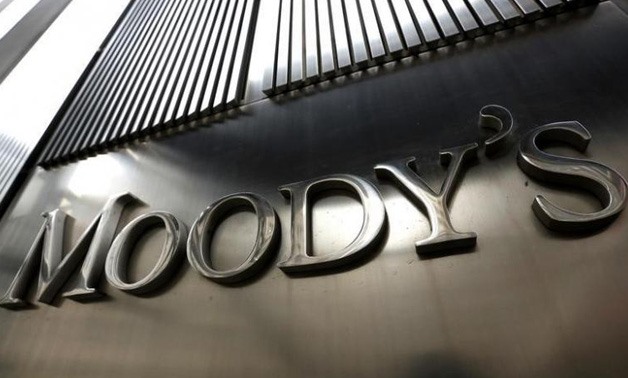
Moody's - REUTERS
CAIRO – 10 June 2020: Moody’s Investors Service published a FAO on the impact of coronavirus on Egypt’s event risk, public finances and longer-term credit trends.
Here is the full transcript of Moody’s report:
Egypt's (B2 stable) large funding requirements and weak debt affordability expose its credit profile to a sharp tightening in financing conditions triggered by the coronavirus outbreak. However, improvements in governance and policy effectiveness in recent years shore up the sovereign's resilience to the current shock. In this report, we answer questions about the pandemic's impact on Egypt's cyclical and longer-term credit trends.
How is the shock impacting Egypt's liquidity and external risks? The shock has triggered capital outflows, but like in 2018 the domestic market has mostly absorbed the shortfall. Reforms since then and sufficient liquidity in the banking system will limit a rise in borrowing costs akin to 2018, but a temporary return to shorter maturities and larger borrowing requirements will increase rollover risks. External risks will remain relatively contained because foreign-exchange reserves, which have been boosted by a recent eurobond and access to official lending, sufficiently cover the economy's external liabilities over the next few years.
How will the pandemic impact government finances over the medium term? Although we estimate that the outbreak and the government's response to it will lead to a narrowing of the primary surplus this year and next, policymakers' focus on containing the interest bill and on growth-supportive pandemic response measures should ensure that the crisis delays rather than derails the government's fiscal-consolidation strategy. Allowing for additional off-budget spending of about four percentage points of GDP in fiscal 2020, we expect the general government debt/GDP ratio will temporarily rise to around 85% in fiscal 2021 before resuming its declining trend thereafter from a peak at over 103% of GDP in 2017. However, Egypt's debt trajectory and its debt affordability are particularly vulnerable to a prolonged slowdown in the economy.
What is likely to drive longer-term credit trends? While we forecast a cyclical growth recovery from the first half of fiscal 2021, there is a high risk that global and/or local lockdown measures persist for longer than we expect, which could weigh heavily on economic activity and the balance of payments. Conversely, upward pressure on Egypt's credit profile could develop if there is increasing evidence that Egypt's credit metrics are broadly resilient to financing shocks, in part because of more credible and effective policy, and an improvement in competitiveness evidenced by a sustained improvement in the labour market and in nonhydrocarbon exports.

Comments
Leave a Comment